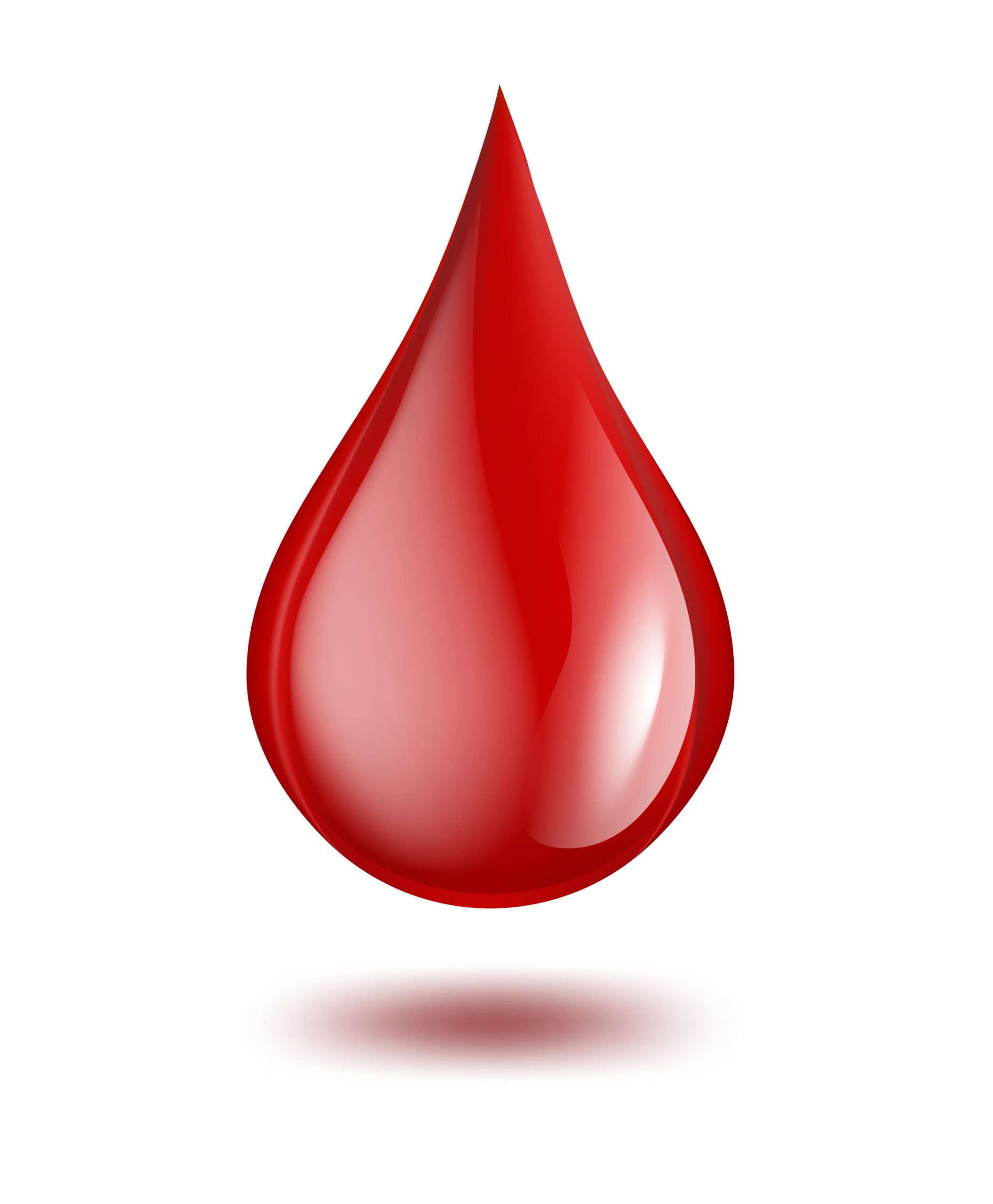Your basket is currently empty!
Blood Processing Service
Blood Processing Services for Cell-Based Assays
the most critical step for successful immune monitoring projects

Getting blood processing right can be a significant challenge
Blood collection, shipping and processing is often the first point of failure for cell based immunology assays, such as ELISpot, flow cytometric phenotyping and functional cell based assays.
When these assays are planned as part of multi-center clinical trials, setting up processes for collecting processing, shipping, preserving blood incorrectly can have catastrophic consequences for the outcome of cell based assay analyses downstream.
Based on our in-depth experience over nearly two decades in working up complex cell based assays in the context of multi-center clinical studies we can help you implement protocols for blood collection, shipping and preservation that give you the best chance for success.
Get in touch with us to get help on
- Assessment of assay objective, collection, shipping and processing plan
- Training clinical sites on cell collection
- In-center sample pre-processing
- Shipping logistics design
- Blood receipt, processing and cryopreservation
- Biobanking for cell based assays.
When you plan your clinical study it is imperative that you qualify your blood collection, shipping and processing supply chain for your specific assay read out objective. We can help you design and implement the most appropriate qualification study that can demonstrate that the signal quality from your assay results can match your study objective.
What could go wrong?
Here are some common failure modes:
- Amount of blood drawn in the first instance is too low and/or collection tubes are under-filled.
- Patient health status is not taken into account when planning for cell numbers to be recovered.
- Incorrect blood processing tube used for assay.
- After collection the correct on-site protocol is not followed for initial sample processing.
- Delays in shipping cells, both at collection site and in transit lead to excess cell death.
- Downstream blood separation and, in case, freezing not done to protocol that is adequate for study.
- Freezing buffers and volume/cell number ratios are incorrect.
- The assay readout objective is unrealistic in the context of a cell collection / processing strategy that can be realistically implemented.
The above are just an illustration of possible failure modes. Typically these lead to far less cells being recovered than intended and those cells that are recovered have poor viability and functional performance. Couple this with challenging read out objectives, such as identification of low frequency antigen-specific T cell responses, and the study is designed to fail from the outset.
Planning for workable studies, especially larger ones will automatically require
- Designing and implementing quality by design (QBD) collection objectives that are driven by output performance requirements
- Anticipation of a variety of outcomes from blood processing, even where QBD protocols are applied. These anticipated distributions should be coupled to pre-agreed fallback options as to how assays will be carried out when samples of varying quality and cell number are available.
What kind of experience does ProImmune have in blood processing?
- Working on US and EU based multi-center trials, where samples were collected and either
(i) pre-processed at the collection site, followed by shipping and cetralized cryopreservation at customer generalist CRO sites, follwed by further international dry shipper transfer, or
(ii) shipped directly to ProImmune for processing, cryoperservation and biobanking at ProImmune.
- Cells that have been collected and banked are either
(i) tested at ProImmune’s core laboratories or
(ii) stored and/or forwarded for testing in accordance with the sponsor’s directions
Some general advice on blood processing based on our experience:
- PBMCs should ideally be processed within 4-24h of blood draw. For some demanding study objectives, 24h may already be too long.
- Blood should ideally be drawn into sodium heparin Vacutainers®.
- CPT Vacutainers® can be used, but as per manufacturer’s instructions blood should be centrifuged immediately after blood draw – not upon receipt at blood processing facility.
- Always plan a qualification study of cell cryopreservation, preferably in the actual assay readout intended. Often this can be carried out with healthy donors measuring performance of control responses (such as CEF peptide pools).
- Cells should be cryopreserved at a minimum concentration of 10 million cells per mL using a qualified protocol appropriate for the assay in question
- Where possible include positive control donors to run alongside patient samples in every assay.
